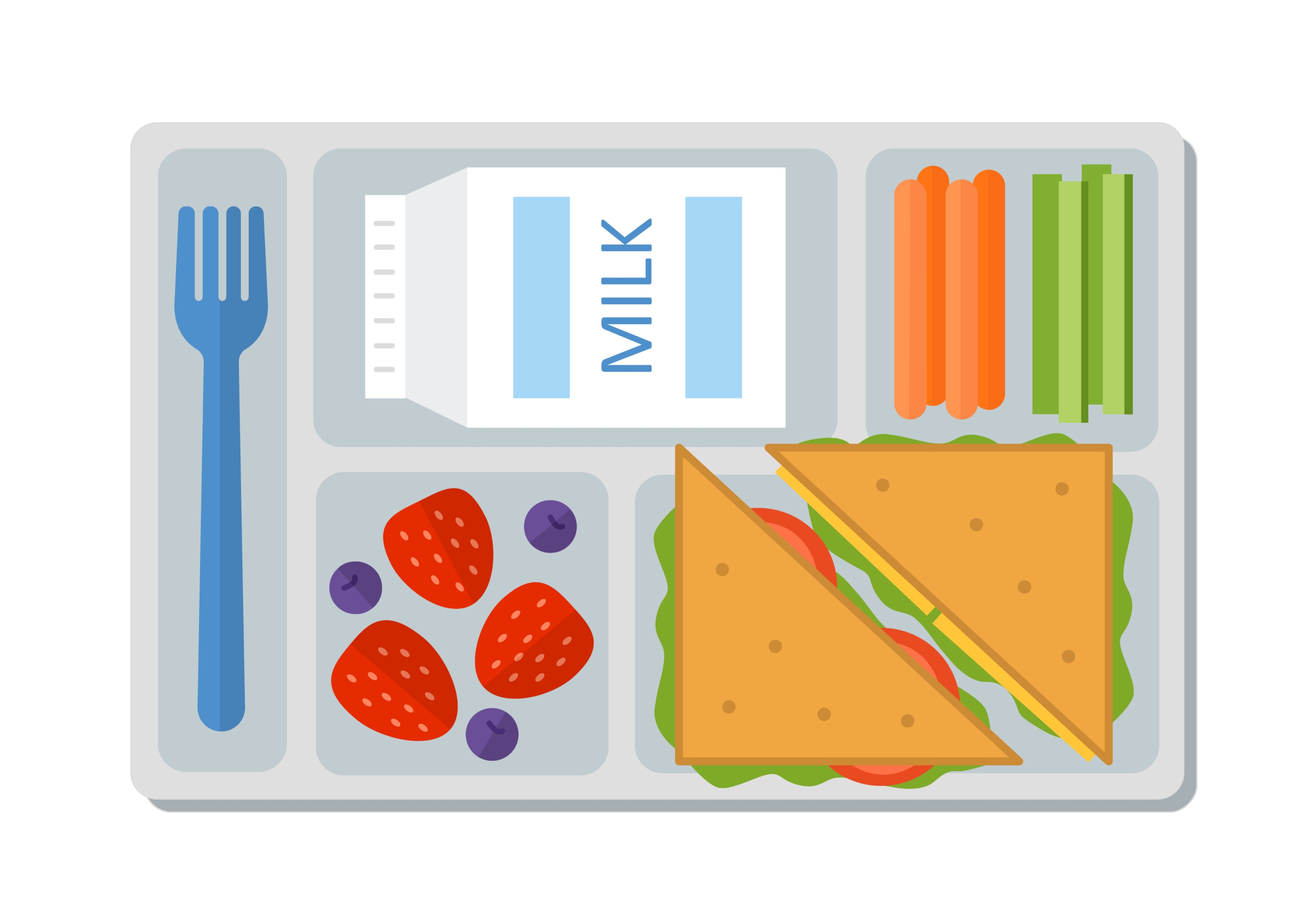How You Access School Meals is Changing This Year – Here’s What You Need to Know
By Healthy Eating Research team

How You Access School Meals is Changing This Year – Here’s What You Need to Know
Changes in school meal programs after COVID-19
Since the beginning of the COVID-19 pandemic, every child in the country has been eligible to receive free school meals. No forms, no questions asked. But when your kids go back to school this year, things will be different, and your child won’t automatically receive free breakfast and lunch.
Prior to the pandemic, tens of millions of kids received free or reduced-price breakfast and lunch. In fact, during the 2019-2020 school year, 3.2 billion meals were served through the national school lunch program, 76.9% of which were provided to students for free or at a reduced price.
School meals can be a great source of nutrition. Children get up to half of their daily calories at school. And research has found that healthy school meals can lead to increased attendance, better behavior, and even increased academic achievement.
Access to healthy, nutritious school meals is essential for all children. The good news is--there are steps you can take to make sure your child doesn’t go hungry during the school day and that they get the meals they need during this school year.
Apply for free or reduced-price meals for the 2022-2023 school year.
Ask your school or district for an application – you’ll receive a form that looks like this. It’s based on your family’s annual total household income and you will likely qualify if you fall:
-
At or below 130% of the federal poverty line. For example, children living in a family of three with an annual income of $29,939.00 or less could receive free school meals; or
-
Between 130 and 185% of the federal poverty line. For example, children living in a family of three with an annual income between $29,939.00 and $42,606 could receive reduced-price breakfast and lunch.
Fill out and send in the application as quickly as possible, even if you’re not sure that you’re eligible.
It’s not just household income — you might also be eligible if you participate in a federal nutrition program.
If a child or anyone in your household participates in federal nutrition programs like SNAP (food stamps), TANF, or the Food Distribution on Indian Reservation programs, then your child qualifies for free school meals.
And there are other qualifying factors that might impact your family.
Families experiencing homelessness, children in foster care, or children of migrant workers all qualify for free school meals when their household fills out an application.
And a reminder:
If you think you might qualify for free school meals, you can apply at any point during the school year — but it’s best to do it immediately. And if your financial situation changes, you can always apply later.
Learn more!
It’s important for all parents and families -- regardless of income -- to learn more about the meals served at your school and consider participating.
Head to @HealthyEatingResearch on Instagram for more information.
About Bright by Text
Kids don't come with instructions. That's why Bright by Text sends the info parents need most for raising little ones, from pregnancy through age 8. To join our village and get our free messages based on your child’s exact age and where you live, simply text BRIGHT to 274 448 or click here. Don’t forget to follow us on Facebook and Instagram. You’ve got this, parents!

Sign up now to receive FREE text tips - Based on your child's EXACT AGE right now!